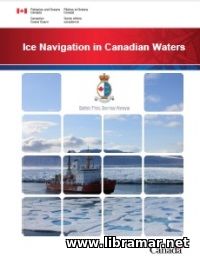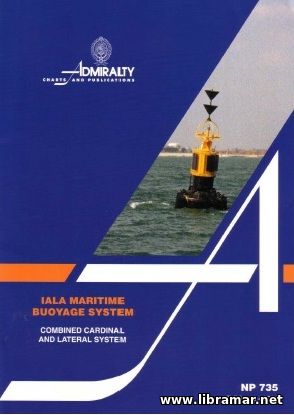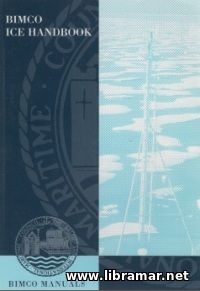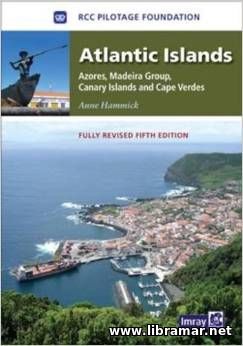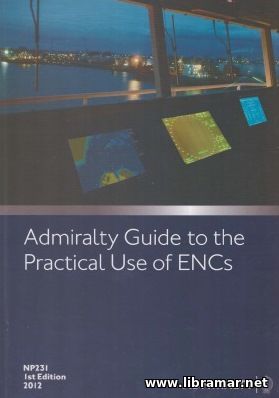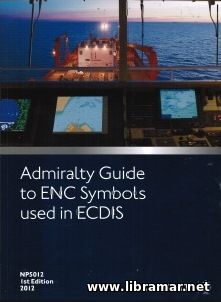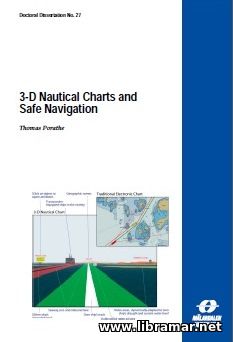
Though there are so many electronic devices used on the bridges of modern vessels for safer and easier navigation, their navigators keep losing the orientation. Among the reasons for that we would note the excessive workloads caused by too many items to be read and compiled, as well as the associated navigational information displayed in a demanding way, plus short time available to make the decision because of the high speeds, as well as the long hours of work and fatigue because of the minimum ship manning.
This title is intended to address the problems of navigation map information that is displayed not in the optimal way. It presents three newly introduced concepts, namely no go shipping areas, bridge perspective and dual-lane seaway network. Reading of the subject maps could be quite difficult because of the mental rotation problem which can actually be eliminated using the charts by allowing the 3D charts to be viewed from the egocentric perspective.
The associated calculations for the purpose of checking if there is enough water under the keel of the vessel can be handled by chart system and also displayed as no go and free water areas. The above stated concepts have been tested in a lab as well as in prototyping project and in numerous interviews and the results obtained were promising...
